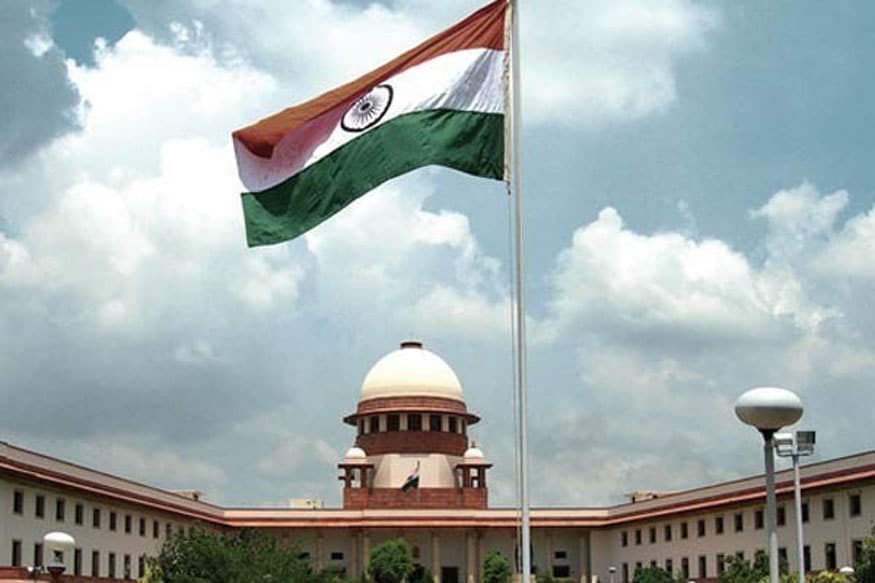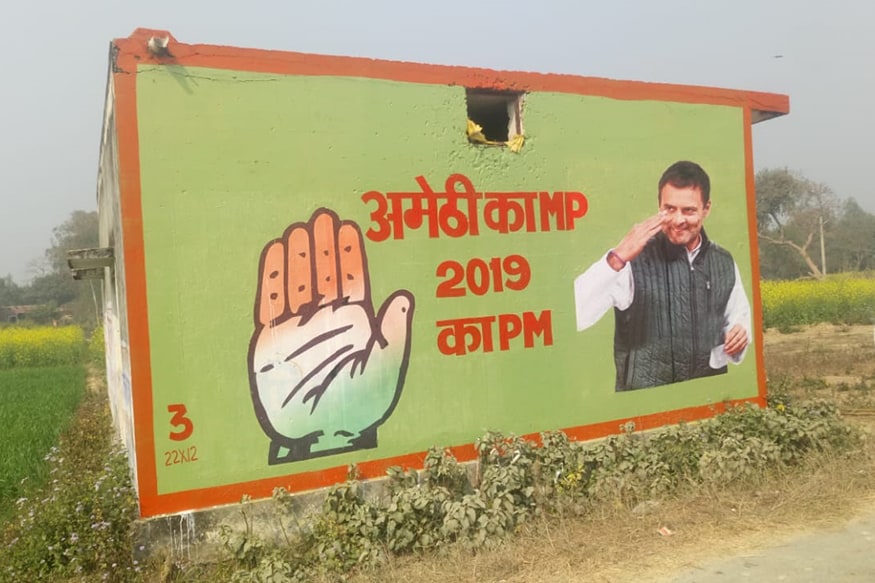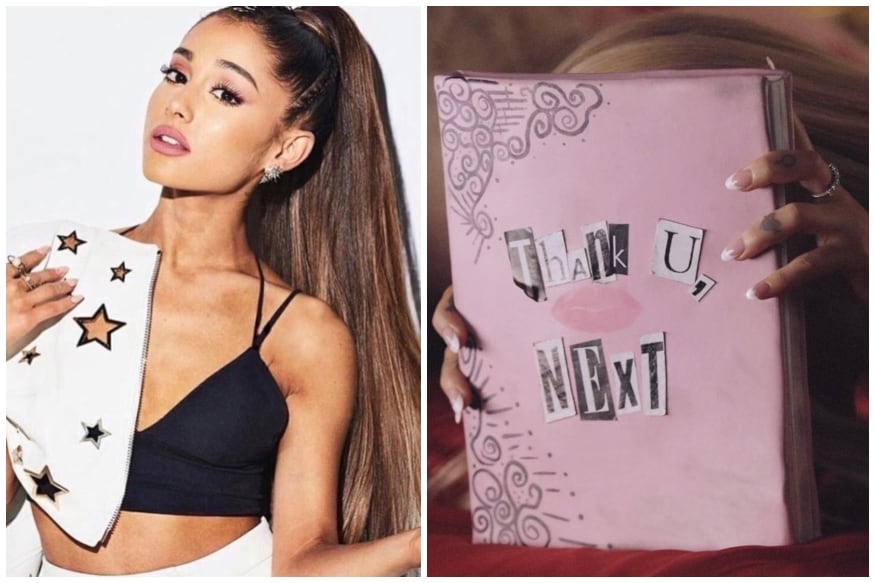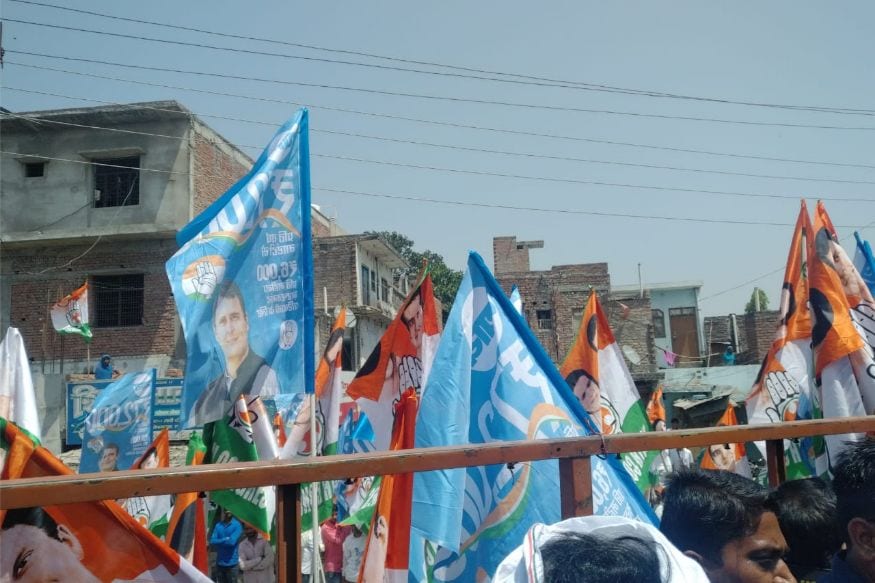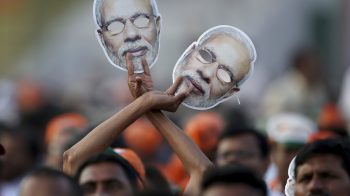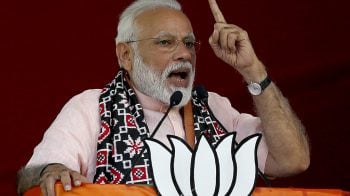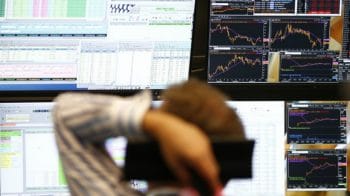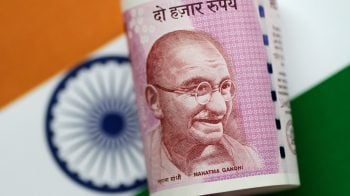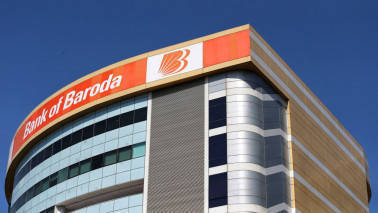The market is already pricing in a BJP-led NDA government formation at the Centre, which could mean a consolidation phase for the market, post elections
In normal circumstances, without much change in the political landscape, we expect Nifty to end FY20 in the range of 12,500-13,000 levels. We expect Nifty50 earnings to grow at a CAGR of 19 percent for the next three years (FY18-21E), Rusmik Oza, Head of Fundamental Research, Kotak Securities, said in an interview with Moneycontrol’s Kshitij Anand.
Edited excerpt:
Q) Both Sensex and Nifty scaled fresh record highs in the run-up to elections. Going forward, what is your target for FY20?
A) In normal circumstances, without much change in the political landscape, we expect Nifty50 to end FY20 in the range of 12,500-13,000 levels. We expect Nifty50 earnings to grow at a CAGR of 19 percent for the next three years (FY18-21E).
Based on Forward PE of 17-18x, we get the one-year forward Nifty50 range of 12,500-13,000. Between the three year period of FY19 and FY21E, maximum growth in earnings is likely to be recorded in FY20 because of the lower base and a steep jump in earnings of banking & finance sector, which accounts for maximum weight in Nifty50.
Q) Which theme is looking more promising: large, mid or smallcaps?
A) We prefer midcaps over largecaps from a one-year view because of the severe underperformance seen in the last one year and valuation discount to largecaps which makes the space attractive.
The NSE Midcap Index Forward PE now trades at 16 percent discount to the Nifty50 Forward PE. This is in contrast to the 20 percent premium of Midcap Index Forward PE over the Nifty50 Forward PE seen at the peak of Jan’18.
From the peak of Jan’18 though the Nifty has recovered lost ground, the NSE Midcap Index and BSE Smallcap index are still 17 percent and 25 percent, below their respective peaks.
The recent spurt in FII flows has benefited the largecaps, because of which the Nifty-50 has shown better recovery than the NSE Midcap and BSE Smallcap Index.
Q) What is your view on the currency for the next 6-12 months?
A) In 2019, if NDA returns to power, it would mean continuity and hence would encourage capital flows into India. The question is will it be a stable government or a hung parliament.
Since the 1999 elections, India, despite of coalition governments, have had a stable political equation at the Center. In each of the years, 2004, 2009 and 2014, capital flows were a little over 3 percent of GDP.
Assuming that we get a stable government post May 23, and capital flows (FDI, FPI and other forms) are around 3 percent GDP, the total capital flows would be around USD 90-95 billion, matching the peak that the capital flows scaled in 2007.
Historically, RBI has been mopping up 40-50 percent of the capital flows, through spot intervention. Therefore, a capital flow of USD 90-95 billion and USD 45 billion of RBI buying of dollars, would lead to a current account deficit of around USD 45-50 billion or around 1.5 percent GDP.
In such a case, rupee can appreciate not only against USD but also against most currencies in emerging markets. We would pencil a level of 66.00/66.50 levels.
Nevertheless, two risks to this view would be — if the LS election springs a surprise and we get a hung Parliament, in which case, capital flows would be much lower and speculative positioning would hurt INR.
Global financial markets witness a major economic or financial shock from any of the major economies, then capital flows can reverse, like it did during the Chinese financial crises of 2015, and that could hurt INR as well.
Q) Which sectors are likely to remain in limelight in FY20 amid election outcome and formation of the new government and why?
A) From a risk-reward ratio and upside potential we like automobiles (due to lower volume base of FY19 and valuations turning attractive on a forward basis), private sector banks (opportunity to grab business from NBFCs and benefit from lower interest rates, especially for their retail business), larger housing finance companies (reduction in GST rates of under construction properties and lower interest rates will lead to higher loan growth), capital goods (strong order book and decent pace of execution) and insurance (steep price correction in stock prices, good RoEs and annual earnings growth of 18-19% in the next two years).
Q) What are the factors that are likely to impact markets in FY20?
A) Global factors that would influence Indian markets would be: progress of global growth in terms of GDP and PMI, US-China trade talks, Brexit rules, crude prices, central bank actions, and impact on global bond yields.
Local factors that will impact markets are: election outcome, government finances & deficit outlook, corporate capex, IIP growth, RBI policies, and earnings growth.
Q) How is FY20 likely to pan out for investors and markets at large?
A) The recent run-up in Nifty-50 and FII flows of more than Rs.50,000 crore in the last two months have taken away part of the upside that could have come post elections.
The market is already pricing in a BJP led NDA government formation at the centre, which could mean a consolidation phase for the market post elections. Post the recent surge in FII flows (helped by rupee appreciation vis-à-vis the USD) we could see some kind of moderation in FII flows going ahead. Going by our base case target of Nifty-50 and looking at the Bloomberg Consensus the potential upside works to just ~7-8 percent from current levels.
The upside risk to our and consensus target could come only if BJP again gets a majority on its own in the forthcoming elections.
Then valuations have scope to get re-rated, otherwise, we don’t see much scope of re-rating in FY20 (as Nifty-50 already trades at 18x on Fw PE basis).
Q) Top five value stocks which investors can look at for FY20? (1-year horizon) Please give the target price if possible.
A) Here is a list of top 5 stocks which investors can look at for FY20:
State Bank of India: Target price of Rs 410
L&T Infotech: Target price of Rs 2000
Vedanta: Target price of Rs 275
JK Paper: Target price of Rs 200
Surya Roshni: Target price of Rs 330
Disclaimer: The views and investment tips expressed by investment expert on Moneycontrol.com are his own and not that of the website or its management. Moneycontrol.com advises users to check with certified experts before taking any investment decisions.
































